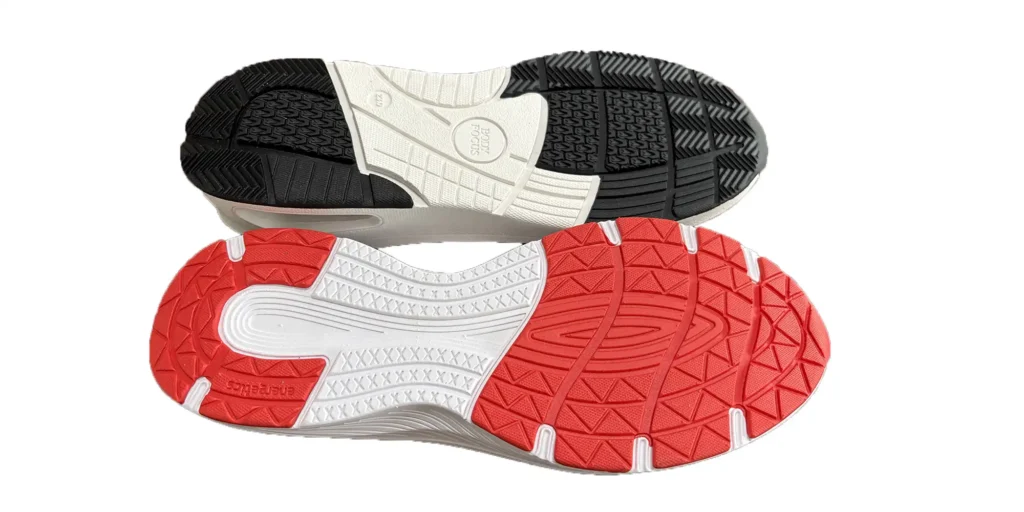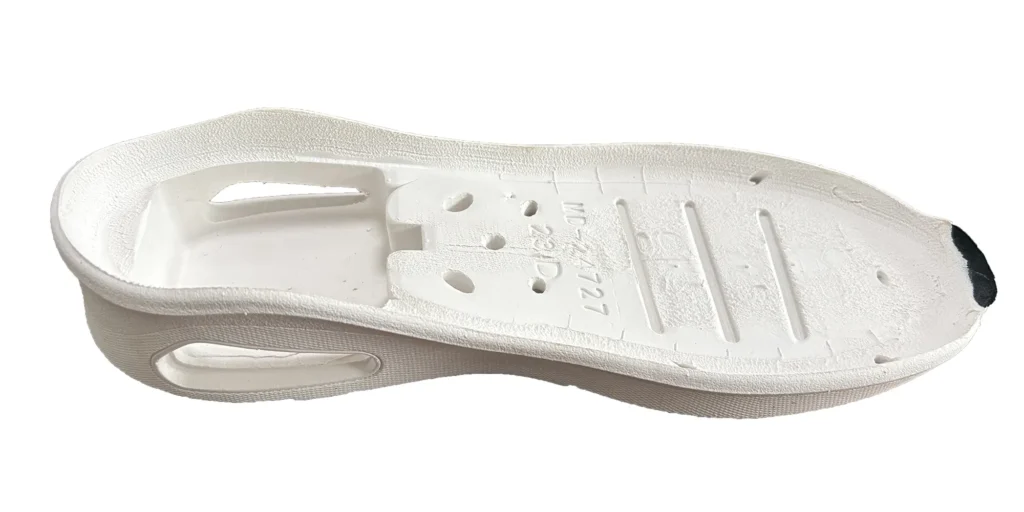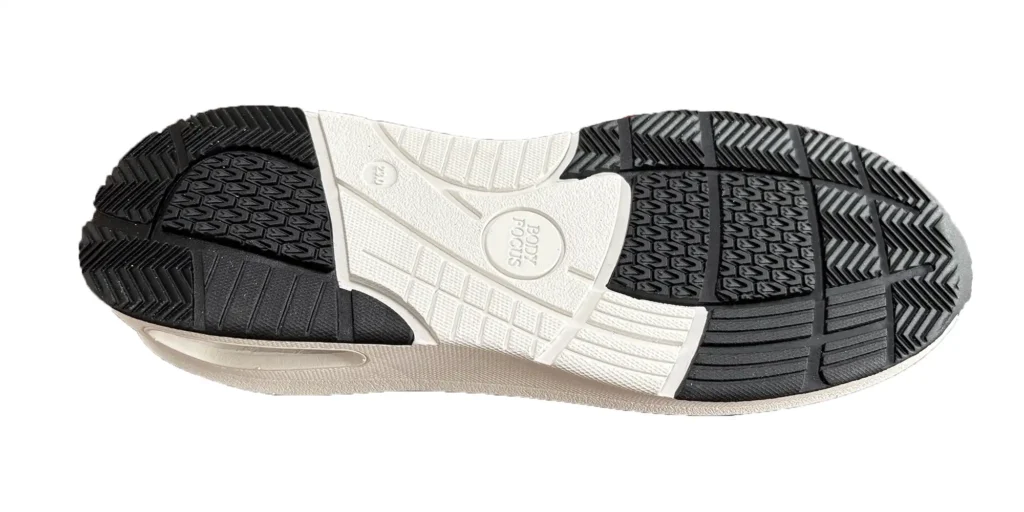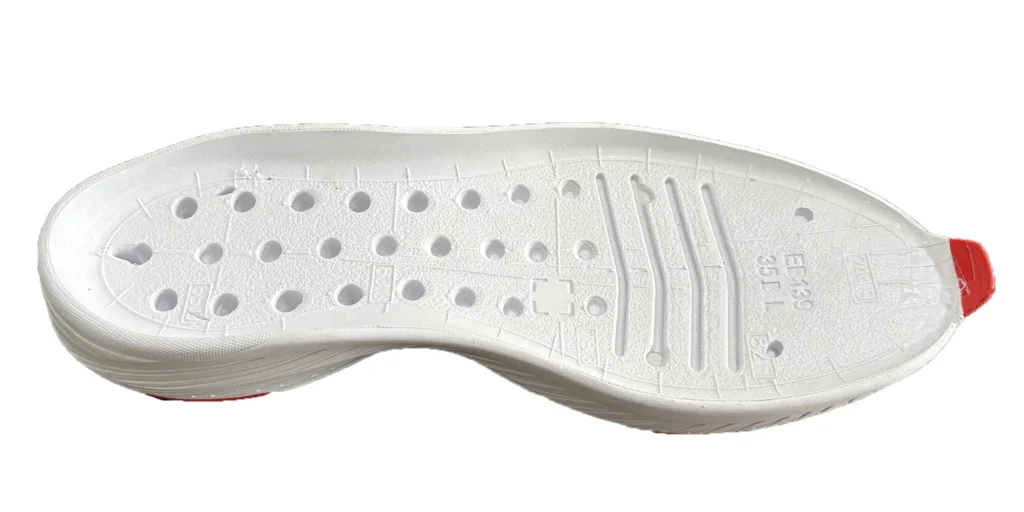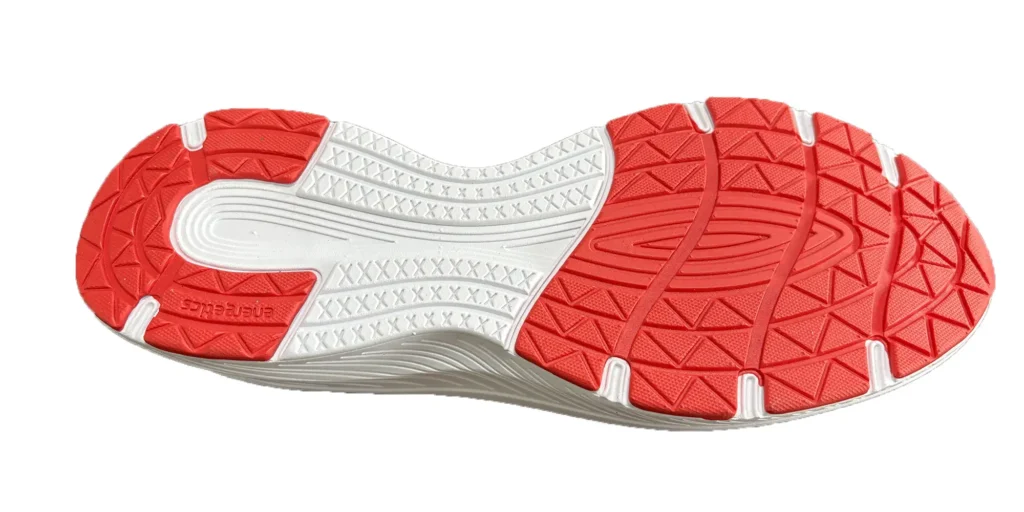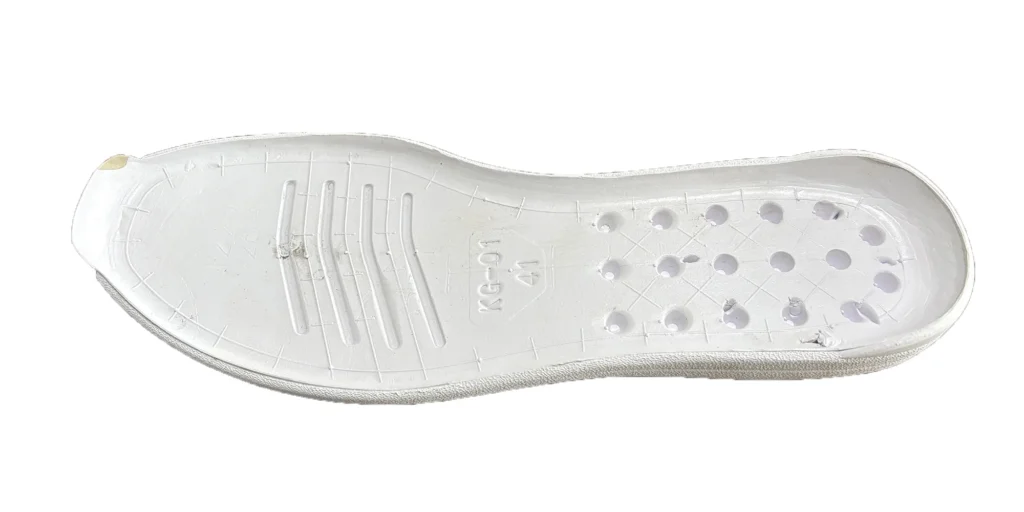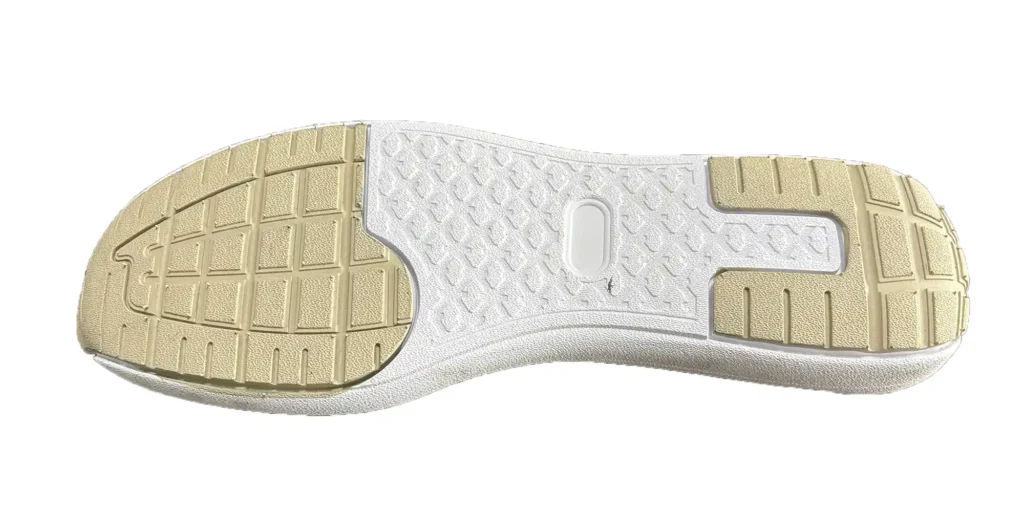Abstract
Custom EVA sole embossing technology elevates functional footwear into a distinctive brand identifier by integrating proprietary patterns, logos, or textures. Beyond enhancing product recognition and anti-counterfeiting properties, it reinforces brand recall through tactile engagement. This article delves into its process advantages, design strategies, and seamless integration of brand DNA for competitive differentiation—empowering enterprises to leverage this high-return, low-cost brand enhancement tool.
Custom EVA Sole Embossing: The Subtle Battleground for Brand Identity
I. Technological Definition & Core Advantages
EVA (Ethylene-Vinyl Acetate Copolymer), renowned for its lightweight, high resilience, and malleability, dominates sole manufacturing. Custom embossing employs high-temperature molds to imprint 0.3–1.2mm-deep three-dimensional patterns on EVA soles, unlocking three transformative benefits:
- Brand Visibility: Sole-to-ground contact transforms logos into distinctive footprints (e.g., Nike’s Swoosh embossing), creating mobile advertisement at minimal cost.
- Functional Synergy: Engineered treads enhance grip (serrated patterns boost traction by 30%), while wave-based grooves reduce 20% of walking impact.
- Anti-Counterfeit Fortification: Micro-engraving techniques embed authentication codes or covert motifs, raising replication costs by 5x.
II. Design as a Vessel for Brand DNA
Successful embossing adheres to three Brand Identity (BI) principles:
- Symbolic Translation
- Case: On Running’s Swiss mountain silhouette evolves into sole waves—each step leaves a “mountain imprint,” fortifying outdoor heritage.
- Tactile Emotionality
- Maternal brands adopt cloud relief designs, associating plushness with “care.”
- Streetwear labels deploy angular grooves to project dynamism.
- Dynamic Narrative
- Asics’ GEL-tech embossing visually mimics “compression-rebound” during flexion, translating innovation into instinctive understanding.
III. Cost-Optimized Implementation
| Phase | Key Actions | Cost Efficiency Tips |
|---|---|---|
| Design | Vector-to-3D modeling | Reuse VI elements (cuts development costs 40%) |
| Mold | Steel CNC engraving | Modular molds reduce per-design costs by 25% |
| Production | Integrated EVA injection & embossing | Bulk orders (5,000+ pairs) at <$0.3/unit |
Data Insight: 2023 e-commerce metrics reveal embossed soles drive 27% higher CTR; searches for “brand + sole design” grew 140% YoY.
IV. Future Trends: Strategic Embossing Evolution
- AR Interaction: Scanning sole patterns triggers branded AR games (e.g., Adidas’ treasure hunt pilot).
- Sustainability Signaling: Leaf motifs denote bio-based EVA; recycling logos enhance eco-credibility.
- Co-Creation: Nike ID’s signature-engraved soles command 30% premiums.
FAQ
Q1: Does embossing compromise functionality?
Negligibly. Finite element analysis confirms ≤1.5mm depth alters cushioning by <3%. Strategic designs (e.g., rhomboid studs) improve wet traction by 18%.
Q2: Feasibility for small batches?
Yes. Opt for soft-steel molds ($200–500) + EVA re-heating—minimum 100 pairs. Limit designs to ≤3 layers to curb defect rates.
Q3: Durability assurance?
Critical parameters:
- EVA density ≥0.18g/cm³ ensures 100,000+ step endurance.
- 2%wear-resistant agent (e.g., silicone masterbatch) extends lifespan by 40%.
- UV exposure avoidance prevents brittleness.
Q4: Design file specifications?
- Vector (AI/EPS) with ≥0.8mm line width.
- No intersecting closed curves.
- 3D STL files: recommend <5,000 polygons.
Q5: Retrofitting existing molds?
Feasibility criteria:
- Original soles require ≥1.2mm embossing depth.
- Injection machines must support secondary molding.
- Costs: $3,000–8,000/model.
Pro Tip: Embed embossing in R&D for 80% cost savings versus retrofits.
WELLE Trade has over 20 years of experience in the production and processing of PE/EVA/TPE foams, so you may want to consult with them if you have any sourcing needs.
